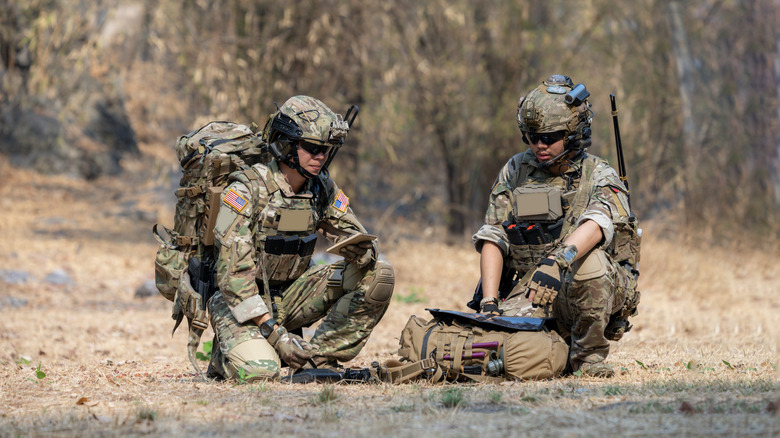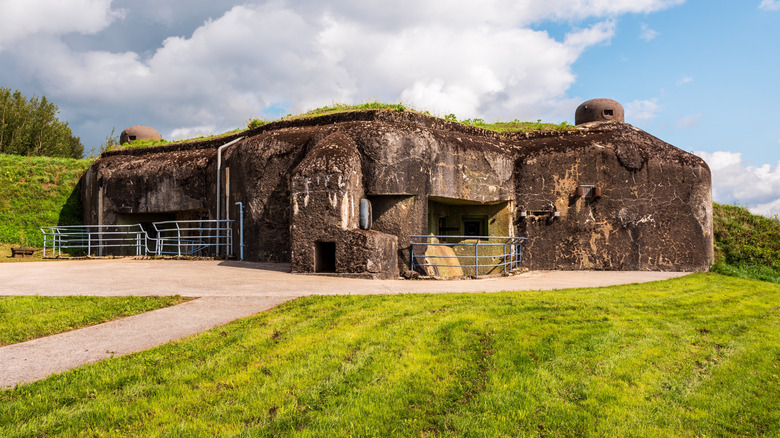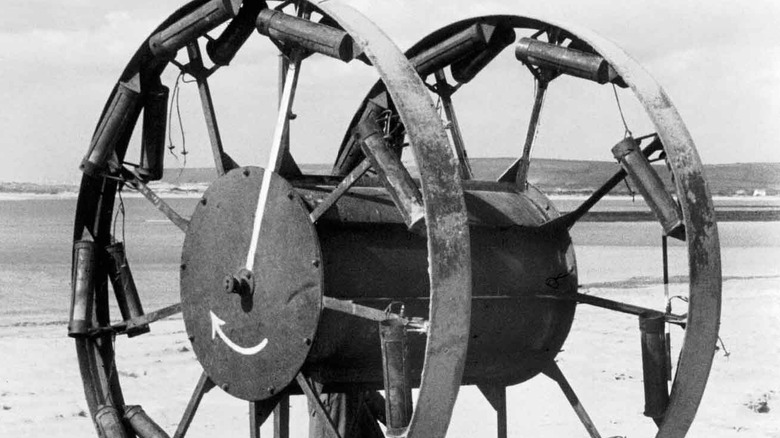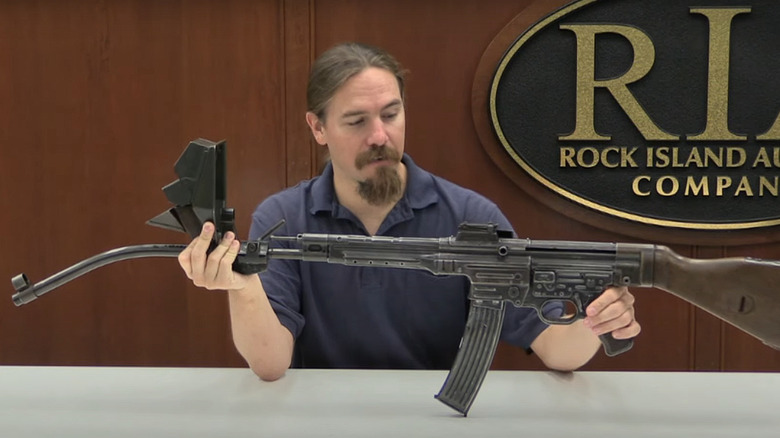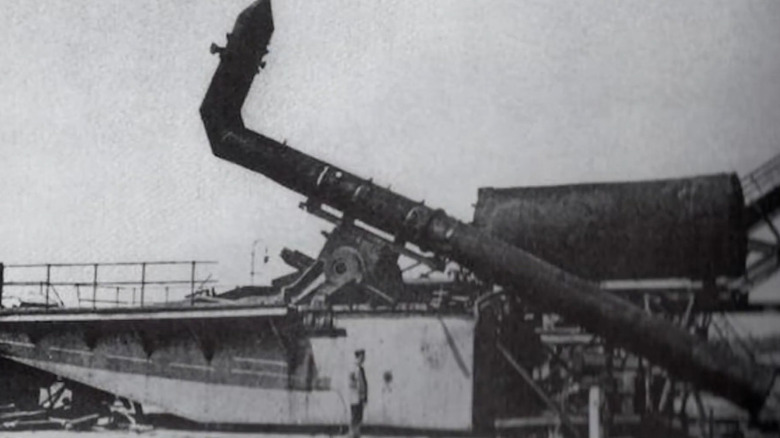The Worst Military Equipment Of World War II
World War II, which claimed the lives of 40 million civilians and 20 million soldiers, was a tragic time when seen through a humanitarian lens. However, it is poetic how the period, in which the destructive forces, the massacres, genocides, and mass bombings were at their peak, also gave us some of the most important innovations that shaped the modern world.
Countries fighting the war spent massive resources on developing technology that could provide them an edge over their rivals, leading to innovations like the advancement of computer technology. Back then, the electric computer was a faster way to perform calculations for ballistic trajectories. Today, it is the reason why you can read this article from anywhere in the world. The period also gave us jet engines (that powered some of the most legendary planes from World War II) and radars, both of which are integral to aviation and defense.
However, when you innovate and research at such mammoth scale, you are bound to have some duds. The World War II had a fair share of weird and poor performing military equipment, from rats that could blow up factories to attachments that could bend bullets (supposedly).
Maginot Line
While the Maginot line is not a single piece of military equipment, it sure deserves a top spot on any list discussing the worst military equipment failures from the World War II era. France expected an invasion from its German neighbors and wanted a defense system to restrict them from entering French territory. The French created a solid line of defense in the form of the Maginot line. It was a continuous 280-mile long, heavily fortified line of defense along the France-Germany border. Constructing the Maginot line was no small feat, as it cost France a whopping $9 billion in today's money. Though the line of defense was extremely capable by World War II standards, it had a huge shortcoming.
The French assumed that the Germans wouldn't invade through Belgium, which had been neutral in the war. The assumption was based on the fact that the Germans didn't invade through Belgium during WW1. Additionally, invading through Belgium would require the Germans to pass through the dense forest of Ardennes.
However, the Germans took the risk of invading through Belgium led by Lt. Gen. Heinz Guderian who had spent time in the Ardennes during WW1. The gamble paid off, and France was under German control before the world could blink an eye.
Explosive Rats
Back in the day, the Special Operations Executive (SOE) of Britain was famous for creating unconventional weapons by shoving explosives in everyday objects like Chianti bottles and coal.
Another one of these ingenious weapons were the explosive rats. These explosive rats were dead rats with plastic explosives in them. Later, SOE agents would place these near coal deposits in German factories. If the rats could find their way to the boiler due to a worker's negligence, they could cause an explosion. Sure sounds like a deleted draft from a James Bond movie!
To create this weapon, an SOE agent posed as a university student and collected close to a hundred dead rats for experimental purposes. Later, these rats were converted into explosive rats and the consignment was sent on its way to Germany. The Germans, however, intercepted the consignment and the rats could never blow up anything except their cover.
That said, the explosive rats were somewhat of a success, as the Germans freaked out and conducted numerous hunts for other explosive rats that may have scurried their way to Germany.
The Panjandrum
Germany was pushed to the back foot after America's entry into the war and the failed invasion of Britain. Germany's tactics became mostly defensive during the later stages of the war, and the Atlantic Wall was an important part of the German defense strategy.
The Atlantic Wall was a discontinuous defense line made of bunkers and fortifications along the Atlantic Coast. The 2,000-mile-long German defense consisted of a variety of military equipment to restrict tanks and soldiers from entering the German-controlled Europe.
The Allies were aware of the strong defense and developed numerous techniques and equipment that would come in handy on the D-Day. One such piece of equipment was the Panjandrum, an unmanned rocket powered wheel with explosives inside. The idea was to deploy a barrage of Panjandrums towards the Atlantic wall and cause damage without risking the soldiers.
While the idea was noble, the Panjandrum performed poorly during testing. To begin with, it had little control over its movement and would often waver off the straight line. Moreover, the rockets would often fail or even fall off during the tests. As a result, the Panjandrum couldn't make it to the battlefield on D-Day.
Krummlauf
Bullets typically travel in straight line paths at close range, unless you are trained by Angelina Jolie from "Wanted." The Krummlauf was a German attachment for the MP-44 rifle, shaped like a bent barrel, designed to bend bullets around corners. On paper, the bent barrel could allow soldiers to stay safe behind a cover and fire shots around corners. That said, the Krummlauf performed poorly in the battlefield for a variety of reasons.
The barrel of a gun needs to endure the gas pressure while firing a bullet. As the Krummlauf was bent, the gas pressure had more deteriorating effects on the attachment's lifespan. While the Krummlauf had pressure releasing vents, the enormous gas pressure would damage it only after a few hundred rounds.
Moreover, the bullets would ricochet and shatter into pieces after impact with the Krummlauf's bent barrel. Finally, the attachment made the rifle highly inaccurate, rendering it unusable. Soldiers were better off peeking and firing shots than firing through the Krummlauf.
Windkanone
In the latter stages of World War II, the Germans were under heavy attacks from the Allies, who particularly bombed factories and transportation centers to starve the Germans of weapons. Since the Germans couldn't get their hands on conventional weapons, they tried innovating with some outside-the-box ideas. The resulting weapons were the V-1 and V-2 rockets, both of which were capable but spent way more resources compared to the damage they could cause.
The Windkanone or Wind Cannon was another innovative anti-aircraft weapon, like missiles in submarines. However, rather than using explosive artillery, the weapon used a gush of high speed air to take down airplanes. The Windkanone had a long pipe-like shape bent on the top, through which it released high-speed compressed air produced by igniting hydrogen and oxygen.
Early tests showed it could cause damage to static objects like wood from a distance of around 650 feet, however, damaging fast moving aircraft was too much to ask for. The weapon failed miserably on its only deployment on the bridge over Elbe.
